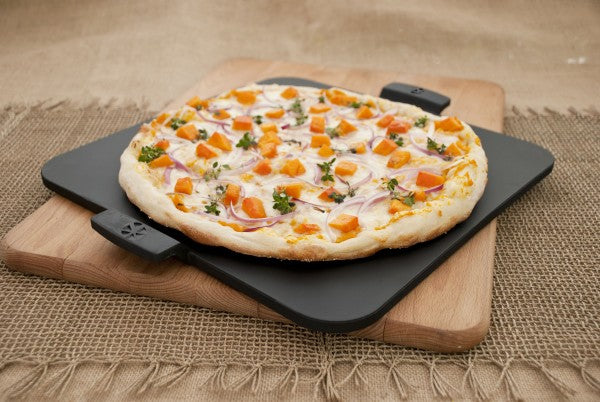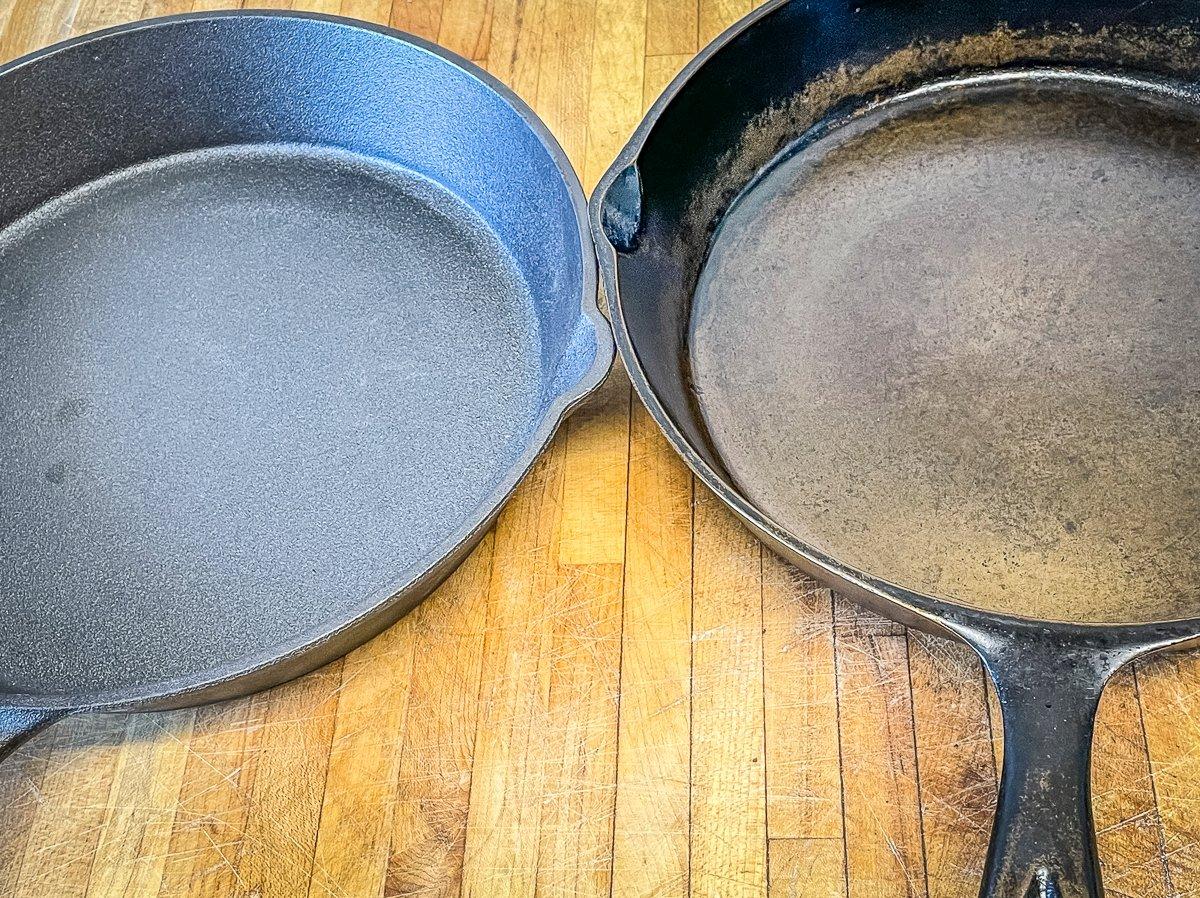For kitchen professionals, the art of crafting a perfectly baked baguette is both a science and a passion. Among the various baking methods, baking baguettes on a baking stone has emerged as a preferred technique due to the incredible results it delivers. When you employ a baking stone, the end product is a baguette that's wonderfully crisp on the outside and delectably chewy on the inside. Understanding the nuances of this method can significantly enhance your baking prowess.
In this article, we delve into the specifics of utilizing a baking stone for baking baguettes. Whether you're a seasoned professional or just aspiring to elevate your baking skills, this detailed guide will equip you with the knowledge necessary to master the method.

The Science Behind Baking Stones
Baking stones, also known as pizza stones, are popular among bakers for their ability to absorb and distribute heat evenly. These stones mimic the effects of a traditional bread oven by providing a high-temperature and equally heated surface, which is crucial for achieving the perfect rise and crust.
The porous nature of baking stones also contributes to a fantastic crust. During baking, moisture from the dough evaporates quickly off the hot stone, which results in a crispy texture that is often sought after in artisan bread baking. For tips on how to effectively utilize a baking stone, explore more techniques from expert bakers.
Techniques for Perfect Baguettes
Choosing the Right Baking Stone
When selecting a baking stone, consider the material and size. Cordierite stones are highly recommended for their durability and thermal shock resistance. Ensure the stone fits well in your oven and leaves some room for air circulation.
Preparing the Dough
The dough's hydration level is essential for baguettes, with a typical water to flour ratio of around 75%. This high hydration contributes to the baguette's structure and flavor. After kneading, allow the dough to undergo a long, cold fermentation to develop a complex taste. For additional insights into dough preparation, consider checking out resources on artisan bread techniques.
Benefits of Baking Baguettes on a Baking Stone
The use of a baking stone introduces several advantages, including:
- Enhanced Texture: The even heat distribution from the stone ensures a uniform bake, promoting the classic crispy exterior and fluffy interior.
- Improved Flavor: A baking stone can amplify the flavor profile of your baguettes by allowing for precise moisture evaporation and caramelization of sugars.
- Efficiency: With a preheated stone, your oven maintains its temperature better during baking, leading to more efficient energy use.
Understanding how to utilize these benefits can significantly transform your baking outcomes. For more about how to effectively use a baking stone, consider exploring this guide.
Common Challenges and Solutions
Baking baguettes on a stone can present several challenges, especially for those unaccustomed to handling high hydration doughs or managing oven spring. Key issues often include uneven browning or dough sticking to the stone. However, with practice and attention to detail, these challenges can be overcome:
- Ensure your stone is preheated for at least an hour to reach the optimal baking temperature.
- Use parchment paper or cornmeal to prevent dough from sticking.
- Master the steam technique by introducing a pan of water at the bake's start to ensure a nice crusty exterior.
Such techniques are further elaborated in various baking stone resources.
:max_bytes(150000):strip_icc()/pizza-stone-testing-winners-lodge-pre-seasoned-cast-iron-baking-pan-wdickey-3-07-4acd6ee95c134013907ffa659ffb212d.jpeg)
FAQs on Baking Baguettes on a Baking Stone
Can I use a baking stone for other types of bread?
Absolutely! Baking stones are versatile and can be used for various breads and pastries, delivering exceptional crust and texture.
How do I clean my baking stone?
Simply scrape off any baked-on residue and rinse with warm water. Avoid using soap or abrasive cleaners, as they can damage the stone.
Why does my dough still stick to the stone?
This can occur if the stone was not hot enough. Ensure its fully preheated and consider using a bit of cornmeal or parchment paper.
This article contains affiliate links. We may earn a commission at no extra cost to you.






Leave a comment
This site is protected by hCaptcha and the hCaptcha Privacy Policy and Terms of Service apply.